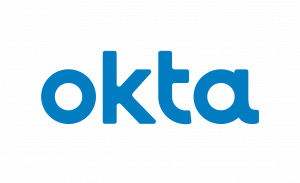Government agencies understand the value of identity and access management solutions. For years, they’ve used these solutions to manage employee access to IT assets, whether on-premises or in the cloud. But now a growing number of agencies are beginning to wonder: Could they extend this same approach to protecting citizen services?
It’s not just a question of better security. It’s also about better service.
Citizens expect the same customer experience, or CX, from the government as they do from e-commerce sites and social media. In particular, they expect to move from one channel to another – such as from a mobile app to a call center, or vice versa – with no interruption in service. And they want to know that every interaction is secure.
In short, the experience must be seamless, safe and private.
A prime example is the California Consumer Privacy Act. This law, which took effect in January 2020, provides consumers with specific rights over their personal data held by companies. Although this law doesn’t apply to government-held data, we will likely see more states enacting privacy legislation soon – and eventually a federal privacy law.
Agencies need to begin building citizen trust now, and one way is by offering consistently secure access to information.
That’s where customer identity and access management, or CIAM, comes into play. It works behind the scenes at log-on to identify external users, store their credentials and give them secure access to applications and data.
One problem is that many government organizations use outdated identity management tools to provide CIAM. Some of those tools are based on systems built before the cloud and even before mobile. They tend not to work well across different channels, causing user frustration. And administrators find these legacy tools complicated, time-consuming and expensive. It’s like using dry ice and a fan instead of buying an air conditioner. You can, but why?
Today’s cloud-based CIAM solutions are both simpler to manage and more effective. It’s easy for any citizen to use. Agencies can provide frictionless — that is, seamless — customer experiences across channels and devices, and the technology is easy to deploy and centrally managed.
CIAM also simplifies compliance with security regulations. That includes FedRAMP, the federal government’s standard for cloud security, and the Health Insurance Portability and Accountability Act (HIPAA), a privacy standard for transactions involving health information.
In the early days of digital government, the general public was willing to put up with awkward services, and they weren’t so worried about security. That’s no longer the case. In today’s digital economy, citizens now have high expectations, and agencies need to hit the mark or those services will not succeed. Cloud-based CIAM can help meet these demands.
This article is part of GovLoop Academy’s recent course, “How to Create Secure, Seamless Citizen Services,” created in partnership with Okta. Access the course here.






Leave a Reply
You must be logged in to post a comment.